Home>Interior Design>10 Tips For Decluttering Toys – That Your Kids Can Live With
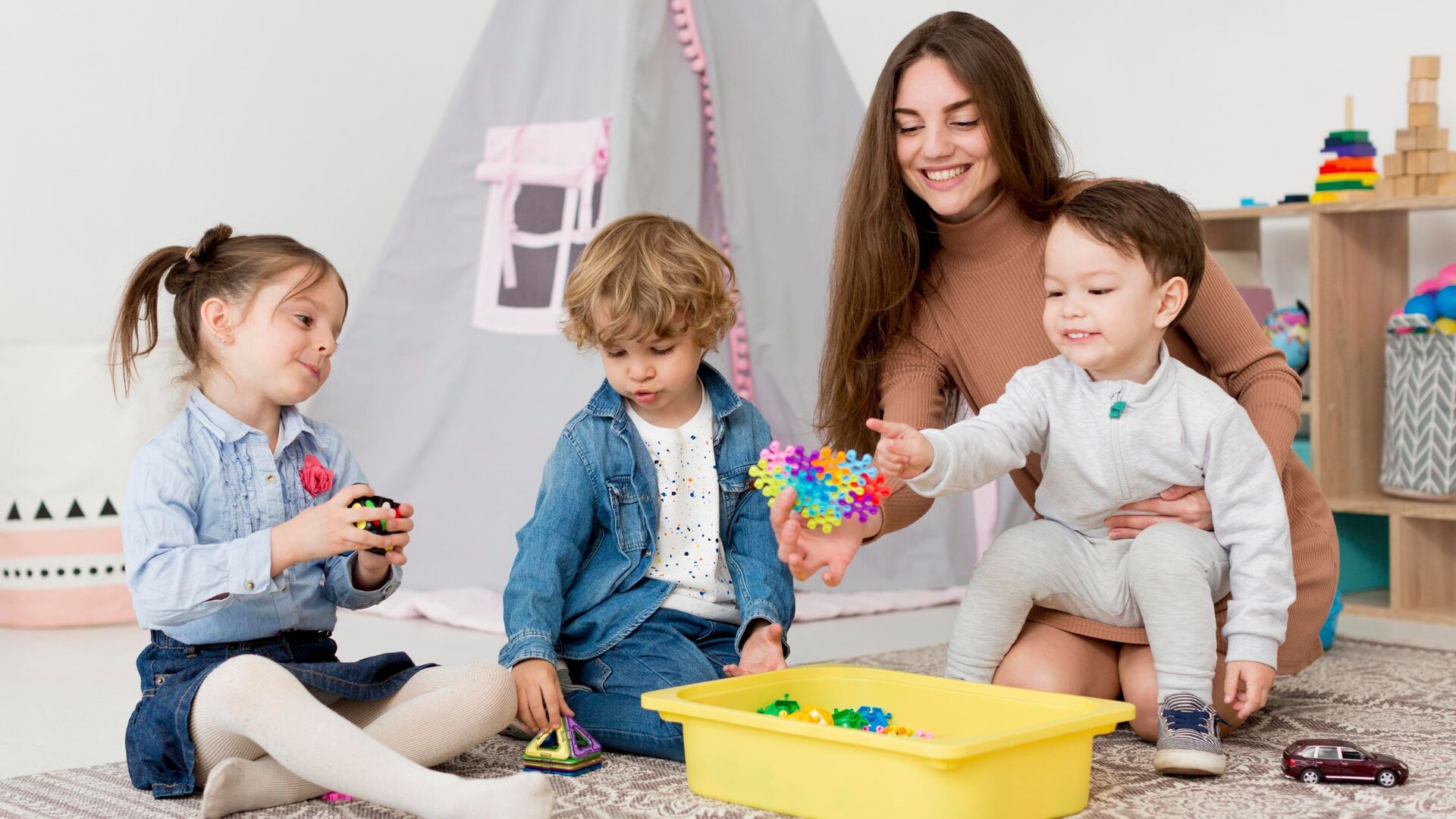

Interior Design
10 Tips For Decluttering Toys – That Your Kids Can Live With
Modified: January 19, 2024
Discover 10 effective interior design tips to declutter your kids' toys, creating a livable space that is both functional and aesthetically pleasing.
(Many of the links in this article redirect to a specific reviewed product. Your purchase of these products through affiliate links helps to generate commission for Storables.com, at no extra cost. Learn more)
Introduction
Welcome to our guide on how to declutter your child’s toys while ensuring they still have enough to play with. If you’re a parent, you’re probably familiar with the overwhelming amount of toys that can accumulate in your home. Toys are essential for a child’s development and playtime, but they can quickly take over your living space if not properly organized and maintained.
Decluttering toys is not about getting rid of everything. It’s about creating a more manageable and organized space for both you and your children. By following the tips in this article, you’ll learn how to involve your kids in the decluttering process, create storage solutions, teach them valuable life skills, and ultimately maintain a more harmonious and clutter-free home environment.
So, let’s dive into these ten tips for decluttering toys – tips that your kids can live with!
Key Takeaways:
- Involve your kids in decluttering to teach responsibility and ownership. Create organized storage systems and rotate toys for a clutter-free, engaging play space.
- Limit new toy purchases, encourage regular maintenance, and lead by example to instill lifelong skills and a balanced, organized living environment.
Read more: How To Fix E2 Error In A Washing Machine
Tip 1: Set Clear Goals
Before you start decluttering your child’s toys, it’s important to set clear goals for yourself and communicate them to your kids. This will ensure that everyone is on the same page and understands the purpose behind the decluttering process.
First, assess the current state of your toy collection and determine what you hope to achieve. Are you looking to reduce the overall number of toys, create a more organized storage system, or perhaps make room for new toys? Having a clear vision in mind will help you make informed decisions during the decluttering process.
Next, explain the goals to your kids in an age-appropriate way. Let them know that decluttering will not only make it easier for them to find and enjoy their toys but also help those in need by donating toys they no longer use. By involving your kids in the decision-making process, they will feel empowered and more likely to cooperate.
Remember, setting clear goals will provide you with a roadmap to follow and keep everyone motivated throughout the decluttering journey. It will also serve as a reference point when making decisions about which toys to keep or let go.
Tip 2: Involve Your Kids in the Process
Getting your children involved in the decluttering process will not only make them feel included but also help them learn important life skills. By actively participating, they will develop a sense of responsibility and ownership over their belongings.
Start by sitting down with your kids and explaining the decluttering goals. Let them know that you value their opinion and input. Encourage them to choose which toys they want to keep and which ones they are willing to let go of. This allows them to take control of their space and make decisions about what is most important to them.
During the decluttering process, create separate piles for “keep,” “donate,” and “discard.” Guide your children through the sorting process, discussing the reasons why certain toys may no longer be suitable or enjoyable for them. Encourage them to consider sharing their unused toys with other children who are less fortunate.
Make the process enjoyable by turning it into a game or challenge. Set a timer and see how many toys they can sort in a certain amount of time. Offer small rewards or incentives to keep them motivated. This will create a positive and engaging experience for everyone involved.
Remember, involving your kids in the decluttering process not only teaches them valuable skills but also helps foster a sense of pride and responsibility for their environment. It’s a win-win situation that will benefit the entire family.
Tip 3: Sort into Keep, Donate, and Discard Piles
Sorting your child’s toys into “keep,” “donate,” and “discard” piles is a crucial step in the decluttering process. This allows you to assess the toys and make informed decisions about what to keep and what to let go of.
Start by gathering all the toys in one area. Encourage your kids to help with the sorting process. As you go through each toy, ask them questions to prompt decision-making, such as “Do you still play with this toy?” or “Does it bring you joy?” Based on their answers, determine whether the toy goes into the keep, donate, or discard pile.
The keep pile should consist of toys that are still loved and actively played with. These are the toys that your child values and brings them joy. It’s important to limit the number of toys in this pile, as having too many can lead to clutter and overwhelm.
The donate pile should include toys that are in good condition but are no longer used or enjoyed by your child. These toys can find a new home with other children who will appreciate them. Consider donating them to local charities, shelters, or second-hand stores.
The discard pile is for toys that are broken, missing pieces, or simply no longer safe to play with. Dispose of these toys responsibly, either by recycling or throwing them away.
Remember, involving your kids in the sorting process will help them understand the importance of making choices and letting go of items they no longer need. It’s also a great opportunity to teach them about empathy and the act of giving to others.
Tip 4: Create Organized Storage Systems
Once you have sorted through your child’s toys, it’s essential to create organized storage systems to keep everything in its place. This will make it easier for your kids to find and put away their toys, ultimately reducing clutter and promoting a tidy living space.
Start by assessing the available storage space in your home. Look for areas that can be used to store toys, such as shelves, baskets, bins, or toy chests. Consider investing in storage solutions that are child-friendly, with easy-to-use compartments and labels.
Separate toys into categories, such as puzzles, dolls, cars, or building blocks, and assign a designated storage space for each category. Use clear containers or transparent bags to store smaller toys, making it easier to see what’s inside. Label the containers or shelves so that your children can identify where each toy belongs.
Consider using open shelving units or wall-mounted organizers to display toys attractively. This can serve as both storage and decor, making the space more inviting for playtime. Encourage your kids to keep their toys in their designated storage areas after each play session.
Make sure the storage solutions are accessible to your children. Lower shelves or bins with handles will allow them to reach and put away toys independently. This fosters a sense of responsibility and encourages them to take an active role in tidying up their space.
Regularly assess and adjust your storage systems as your child’s toy collection evolves. As new toys are acquired or old ones are outgrown, make space and reorganize accordingly. This will help maintain an organized and clutter-free environment.
Remember, creating organized storage systems not only keeps your child’s toys in order but also teaches them valuable skills, such as organization and responsibility. It makes playtime more enjoyable and helps instill good habits from an early age.
Tip 5: Rotate Toys
Rotating your child’s toys is a fantastic way to maintain a sense of novelty and prevent toy overload while still keeping the playroom or bedroom organized. By periodically swapping out toys, you can create a fresh and exciting experience for your child without overcrowding the space.
Start by identifying a set of toys to keep out for regular play. These can be the toys that your child currently enjoys the most or ones that align with their current interests and developmental stage. The rest of the toys can be stored away and brought out in the next rotation.
Establish a rotation schedule that works for you and your child. It could be weekly, monthly, or any other interval that suits your needs. During each rotation, exchange the toys that were being played with for the ones that were stored away.
When introducing the newly rotated toys, take the opportunity to engage with your child. Talk about the toys, their features, and how they can be used. This not only sparks curiosity and creativity but also encourages meaningful interaction between you and your child.
By rotating toys, you provide your child with a more manageable selection of playthings. This can prevent them from feeling overwhelmed by an excess of options, making it easier for them to focus and fully engage with the toys at hand. It also prolongs the life and novelty of each toy, as they are not constantly in sight.
Remember, rotating toys is a flexible and adaptable strategy. You can customize the rotation schedule based on your child’s preferences and the types of toys they have. It’s an effective way to keep playtime exciting, organized, and clutter-free.
Consider implementing a “one in, one out” rule for toys. For every new toy your child receives, encourage them to donate or sell one they no longer play with. This helps keep the toy collection manageable and teaches the value of decluttering.
Tip 6: Use Labels and Organizers
Labels and organizers are invaluable tools in maintaining an organized and clutter-free space for your child’s toys. They help create a visual system that makes it easy for your child to find specific toys and for everyone in the family to know where things belong.
Start by labeling storage containers, shelves, or bins with clear and descriptive labels. Use words, pictures, or a combination of both, depending on your child’s age and reading level. This will help your child quickly identify where each toy belongs and encourage them to put things away in the correct place.
Consider using color coding as an additional organizing method. Assign specific colors to different categories of toys, such as red for cars, blue for art supplies, and yellow for stuffed animals. This adds a visual element to the organization and makes it even easier for your child to locate their toys.
Invest in organizers that cater to your child’s needs and interests. For example, if your child loves building blocks, get storage containers with compartments specifically designed for different block sizes. If your child enjoys arts and crafts, consider containers with sections for different art supplies.
Keep in mind that organizing doesn’t have to be limited to storage containers. You can also utilize wall organizers, hanging pockets, or over-the-door pockets to maximize space and keep smaller toys or frequently used items easily accessible.
Regularly involve your child in the organizing process. Teach them how to categorize and sort their toys, and let them help arrange and label the storage areas. This not only reinforces their understanding of organization but also empowers them to take ownership of their space.
Remember, using labels and organizers provides structure and clarity for your child and the entire family. It streamlines the cleanup process and ensures that toys are easily accessible and put away in their designated places. Plus, it teaches your child valuable skills that will carry over into other aspects of their life.
Tip 7: Teach Your Kids the Value of Decluttering
Teaching your kids the value of decluttering is an essential life lesson that will benefit them not only in their current living space but also in the future. By instilling the importance of decluttering early on, you are helping them develop healthy habits that promote organization and a sense of wellbeing.
Start by explaining to your kids why decluttering is important. Help them understand that a tidy and organized space can make it easier to find and enjoy their toys. Explain that decluttering also allows them to help others by donating toys they no longer use.
Encourage your children to reflect on their toys and their relationship with them. Teach them to appreciate and take care of the toys they have, rather than accumulating more and more. Help them understand that having fewer toys can actually lead to more enjoyment and appreciation for the ones they do have.
Involve your kids in the decluttering process and make it a regular activity. Dedicate specific times, such as quarterly or seasonal decluttering sessions, to go through their toys together. Discuss the concept of letting go and the benefits of simplifying their living environment.
When donating toys, include your children in the process. Take them to local charities or shelters where they can see the impact of their donations firsthand. This helps them grasp the significance of giving and empathy towards others.
Lead by example and declutter your own belongings alongside your children. Show them that decluttering is not limited to toys but applies to all areas of life. Demonstrate how it can create a sense of clarity, reduce stress, and promote a more organized and peaceful living space.
Remember, teaching your kids the value of decluttering goes beyond tidying up their toys. It instills lifelong skills of organization, mindfulness, empathy, and gratitude. By fostering these qualities, you are setting them up for a more balanced and fulfilling life.
Tip 8: Limit New Toy Purchases
Limiting new toy purchases is an essential strategy to maintain an organized and clutter-free living space. By being mindful of the toys you bring into your home, you can prevent overwhelming your child with an excessive number of toys and reduce the need for frequent decluttering.
Before buying a new toy, consider its value and purpose. Ask yourself if it aligns with your child’s interests and will provide meaningful play experiences. Consider the longevity of the toy and whether it will continue to engage your child’s imagination and promote skill development over time.
Encourage your child to think critically about their toy choices when they express a desire for something new. Help them understand the difference between genuine interest and temporary fascination. Teach them to prioritize quality over quantity and to appreciate the toys they already have.
Instead of buying new toys, explore alternative options. Borrowing toys from friends or family members, visiting toy libraries, or participating in toy exchanges or swaps can provide a fresh rotation of toys without the need for permanent ownership.
Encourage experiences and activities that go beyond material possessions. Engaging in imaginative play, outdoor exploration, arts and crafts, or family outings can foster creativity, learning, and quality time without the need for excessive toy purchases.
Communicate your intentions and guidelines with family and friends. Share your desire to limit new toy acquisitions and request alternative gift options, such as experiences, educational subscriptions, or donations to a cause your child is passionate about. This will help reduce the influx of unnecessary toys during special occasions.
Remember, by limiting new toy purchases, you are not depriving your child of enjoyment but rather fostering mindful consumption and appreciation for what they have. It promotes a more sustainable lifestyle and allows them to focus on the quality and value of their toys rather than the quantity.
Tip 9: Encourage Regular Toy Maintenance
Encouraging regular toy maintenance is essential for keeping a clean and organized play space for your child. By teaching your child to care for and maintain their toys, you instill a sense of responsibility and prolong the lifespan of their cherished playthings.
Start by setting aside designated times for toy clean-up. It can be after each play session, at the end of the day, or on a weekly basis. Make it a routine and involve your child in the process. This helps them understand that taking care of their toys is a shared responsibility.
Show your child how to properly clean and store their toys. Teach them to wipe down surfaces, remove any dirt or stains, and allow the toys to dry before putting them away. Demonstrate how to handle delicate or fragile items with care.
Encourage your child to organize their toys as they put them away. Demonstrate how to stack blocks, arrange stuffed animals, or sort puzzle pieces back into their respective boxes. This not only keeps the play space tidy but also helps your child develop organizational skills.
Teach your child the importance of organizing toys by category or type. Help them understand that by grouping similar toys together, they can easily find what they’re looking for and prevent toys from getting lost or damaged.
Regularly inspect your child’s toys for any signs of wear and tear. Promptly address any repairs or replacements needed to ensure the toys remain safe and functional. Teach your child to be mindful of the condition of their toys and to notify you if something needs attention.
Lead by example in maintaining order and cleanliness. Show your child that you also take care of your belongings and tidy up after yourself. By modeling good habits, you reinforce the importance of cleanliness and organization.
Remember, encouraging regular toy maintenance teaches your child valuable skills of responsibility, cleanliness, and organization. It helps them develop a sense of pride in their belongings and promotes a hygienic and inviting play environment.
Tip 10: Lead By Example
Leading by example is a powerful way to influence your child’s behavior and instill good habits when it comes to organizing and decluttering. By demonstrating and practicing these behaviors yourself, you set a positive example that your child will naturally follow.
Show your child that you also engage in decluttering and organizing activities. Let them see you cleaning up and tidying your own belongings. Explain to them why you are doing it and how it benefits your own sense of peace and productivity.
Involve your child in your own decluttering and organizing projects. Allow them to contribute ideas or assist you in making decisions about what to keep and what to let go of. This not only strengthens your bond with your child but also demonstrates that organizing is a lifelong skill.
Model a mindful approach to consumerism and sustainability. Talk to your child about making thoughtful choices when purchasing new items and considering the impact of excessive consumption on the environment. Encourage them to value experiences and relationships over material possessions.
Practice gratitude and appreciation for the things you own. Express gratitude for the toys and belongings you and your child have and show appreciation for the joy they bring. Teach your child to take care of their belongings and treat them with respect.
Regularly communicate with your child about the benefits of a clean and organized environment. Explain how an organized space can reduce stress, improve focus, and create a more welcoming atmosphere for everyone in the family. Encourage them to share their own experiences and observations.
Be patient and understanding throughout the process. It takes time for children to develop organization skills and habits. Offer guidance, support, and gentle reminders when needed. Celebrate their progress and acknowledge their efforts along the way.
Remember, leading by example is a powerful tool for nurturing positive habits and behaviors in your child. When they see you prioritize organization and decluttering, they are more likely to embrace these practices as well. By modeling these behaviors, you are setting your child up for a lifetime of order, efficiency, and peace in their living space.
Conclusion
Decluttering and organizing your child’s toys may seem like a daunting task, but with the right strategies and mindset, it can be a rewarding and beneficial experience for both you and your child. By implementing the ten tips we’ve discussed, you can create a more organized and clutter-free environment while ensuring that your child still has plenty of toys to enjoy.
Setting clear goals, involving your kids in the process, and sorting toys into keep, donate, and discard piles are fundamental steps in decluttering effectively. Creating organized storage systems, rotating toys, and using labels and organizers make it easier to find and maintain a tidy play space.
Teaching your kids the value of decluttering, limiting new toy purchases, and encouraging regular toy maintenance instills important life skills such as responsibility, sustainability, and gratitude. Leading by example in all aspects of organization and decluttering is a powerful tool that helps your child embrace these practices.
Remember, the goal is not to get rid of all the toys, but rather to create an environment that is manageable, organized, and promotes meaningful play. By implementing these tips and involving your child in the process, you create an opportunity for them to develop lifelong skills and experience the joys of a clutter-free living space.
So, roll up your sleeves, gather your kids, and embark on this decluttering journey together. Enjoy the process, celebrate small victories, and witness the positive impact it has on your child’s well-being and the overall harmony of your home.
Frequently Asked Questions about 10 Tips For Decluttering Toys – That Your Kids Can Live With
Was this page helpful?
At Storables.com, we guarantee accurate and reliable information. Our content, validated by Expert Board Contributors, is crafted following stringent Editorial Policies. We're committed to providing you with well-researched, expert-backed insights for all your informational needs.
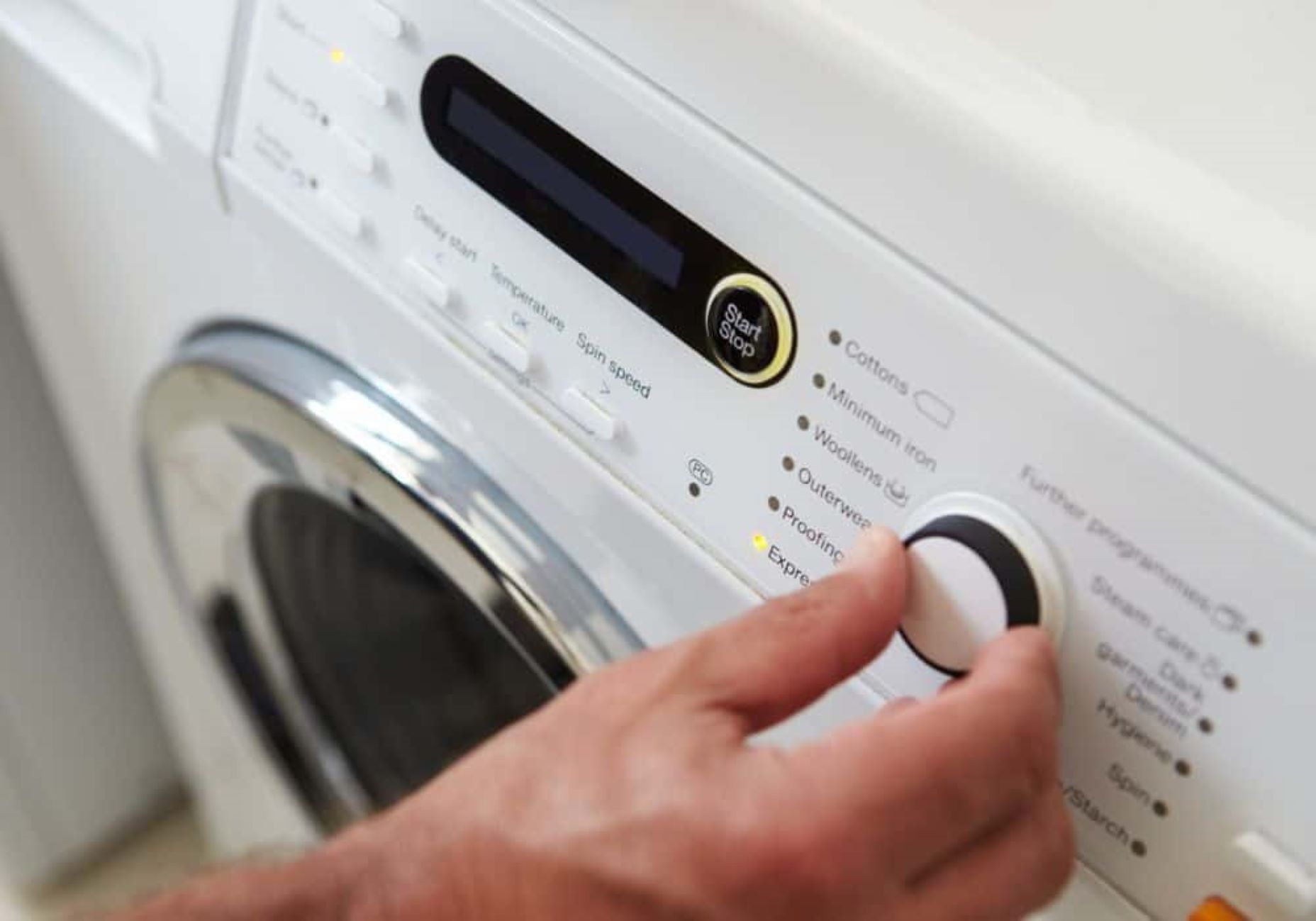

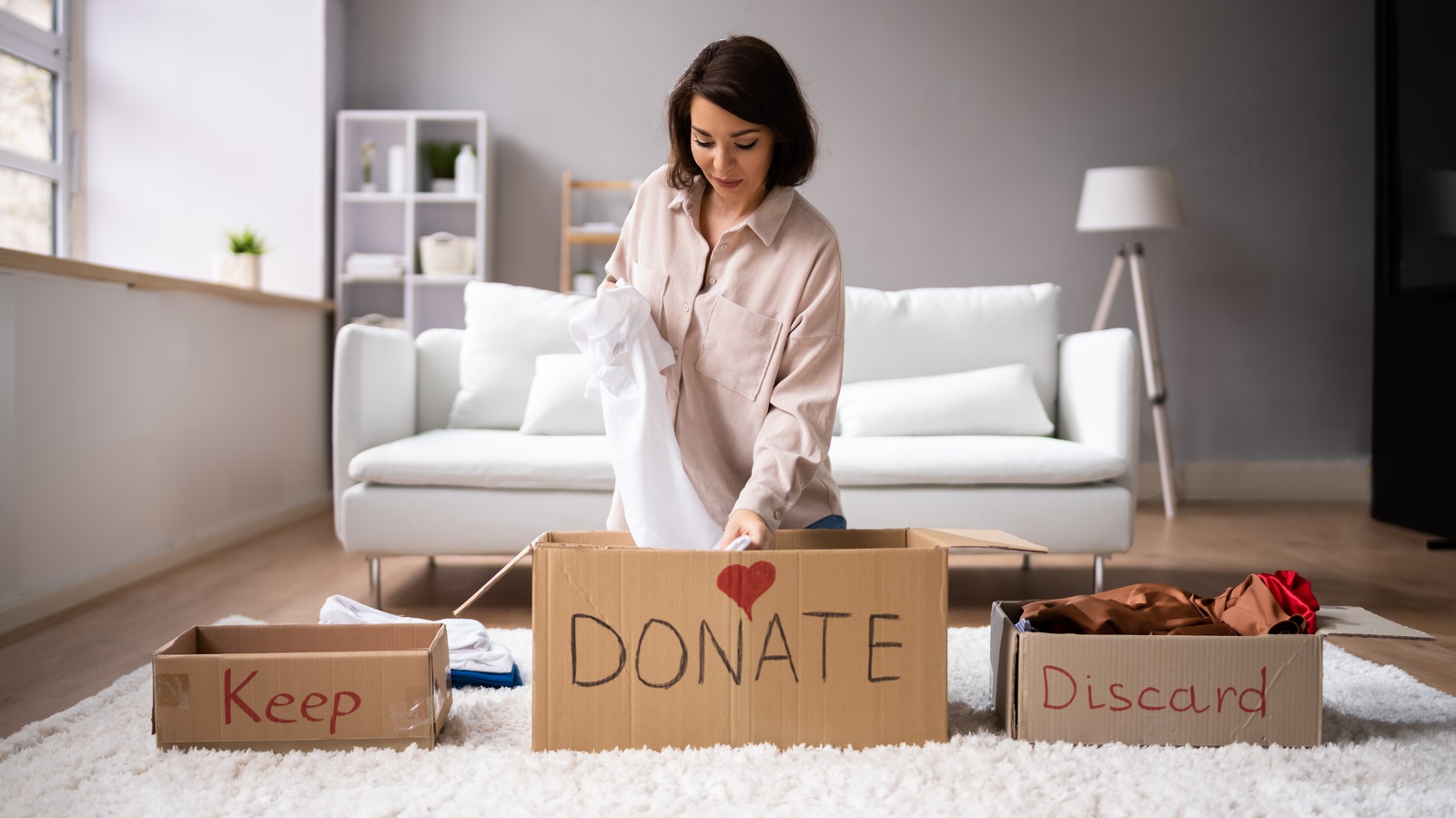



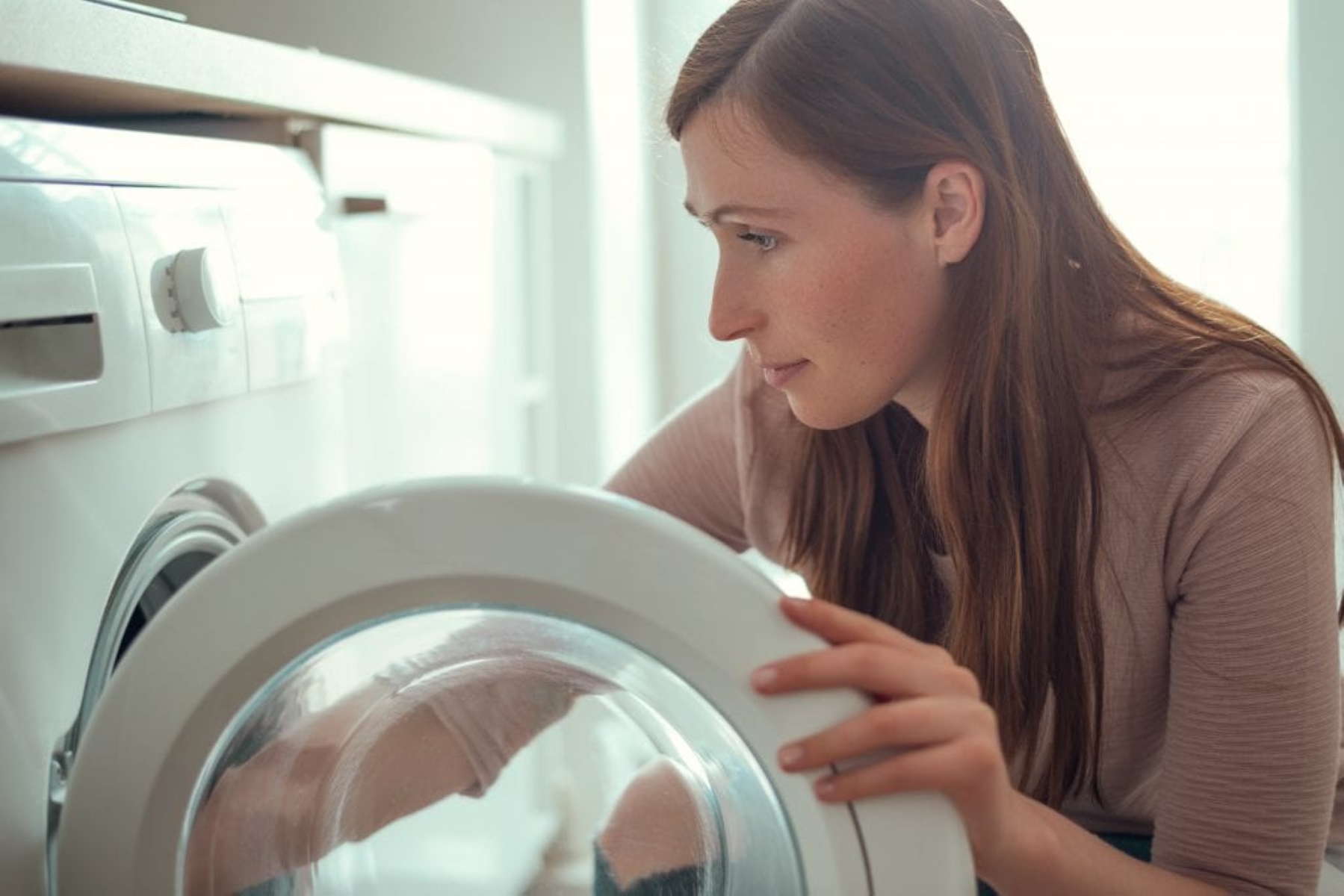
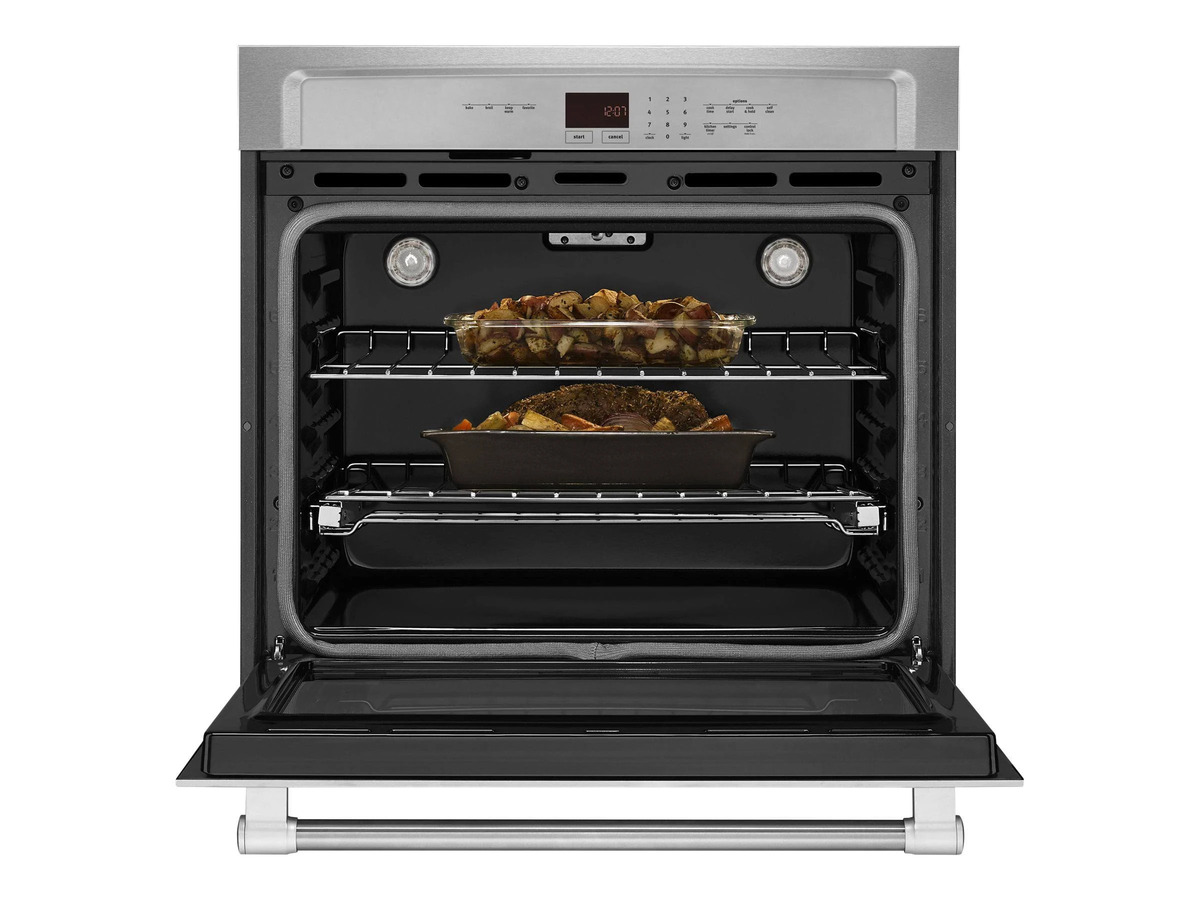
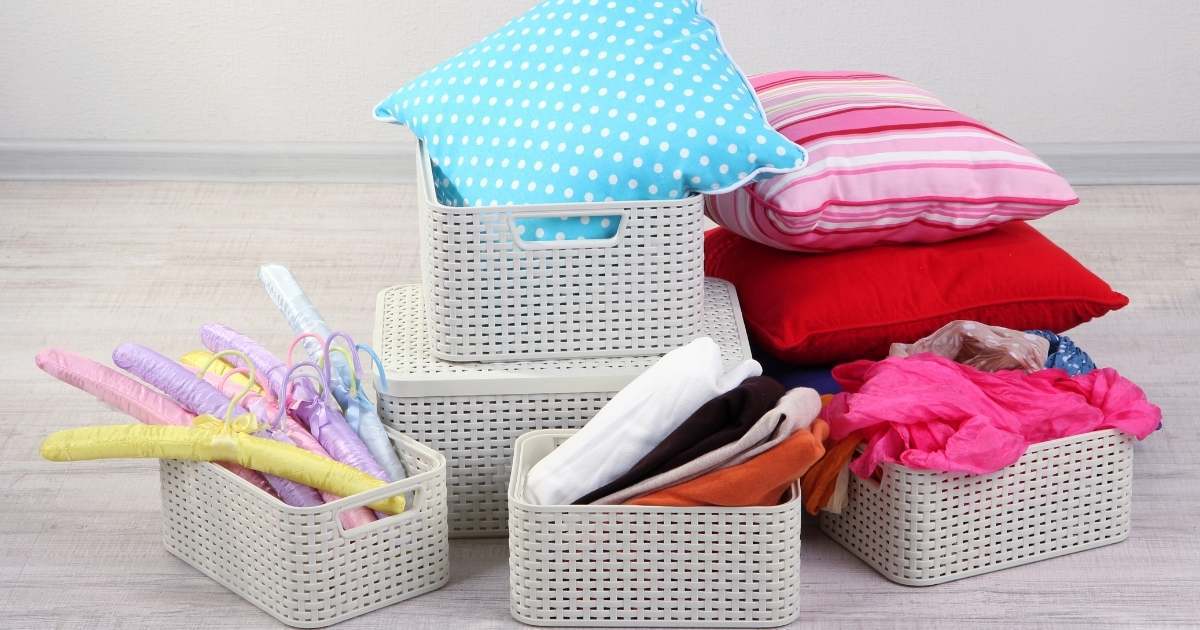
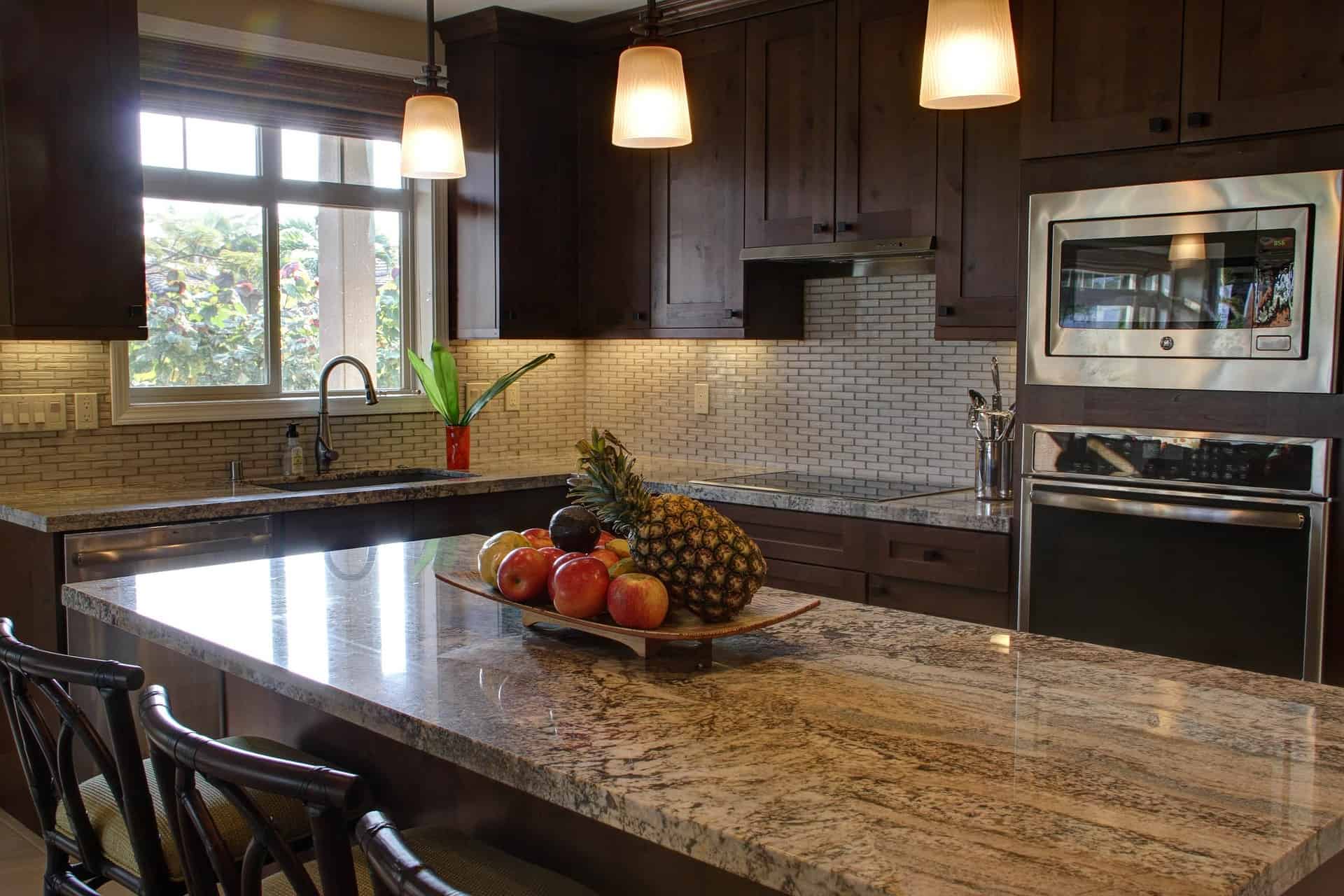

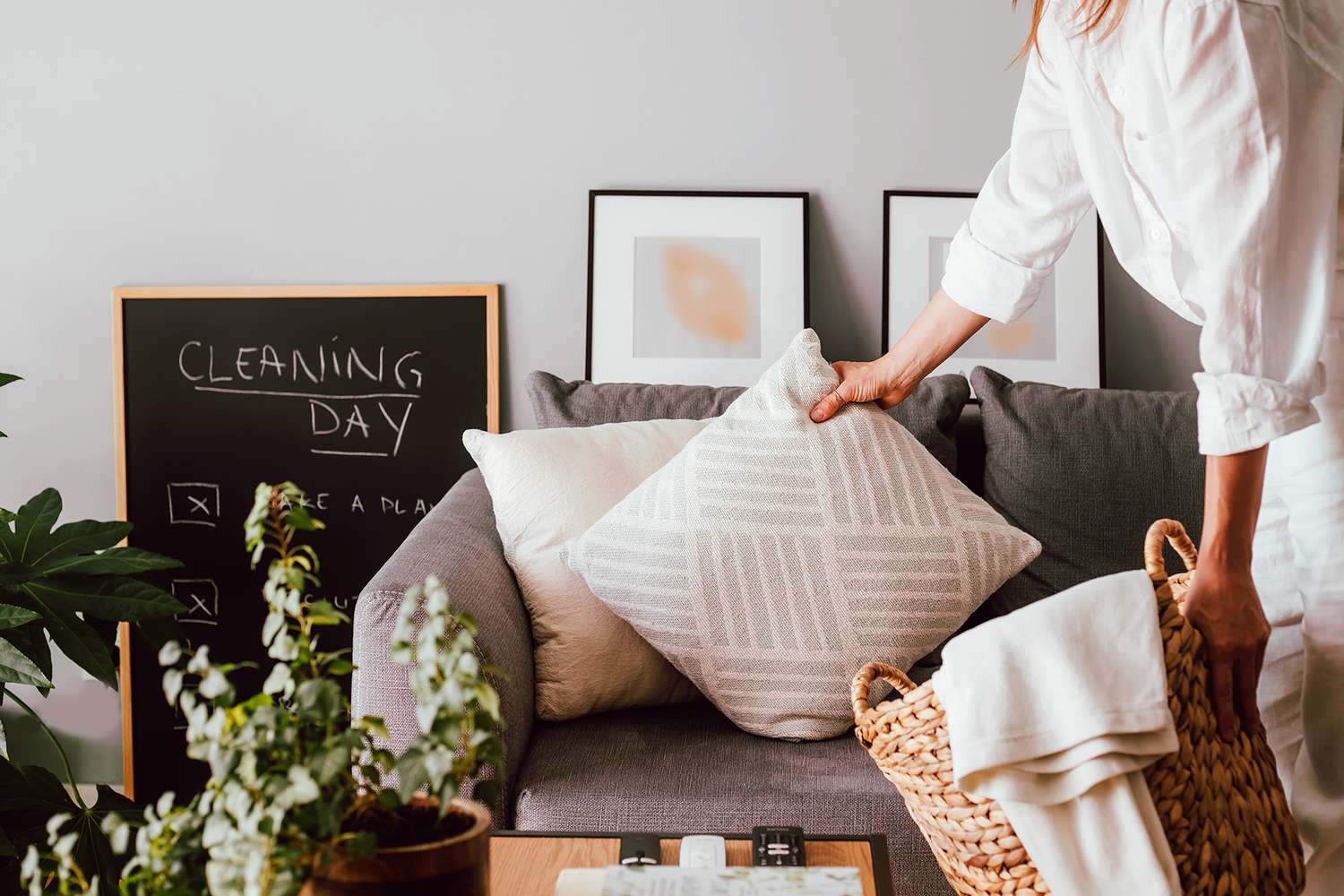
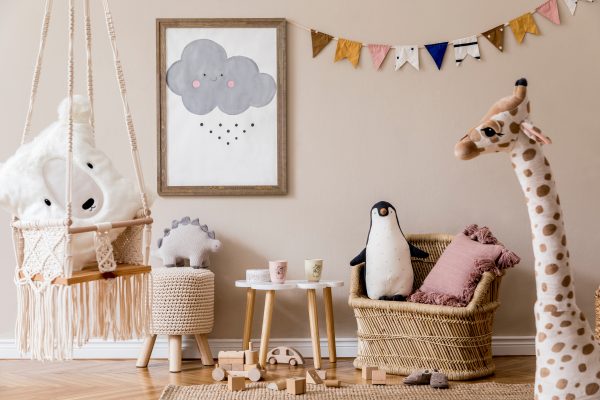

0 thoughts on “10 Tips For Decluttering Toys – That Your Kids Can Live With”